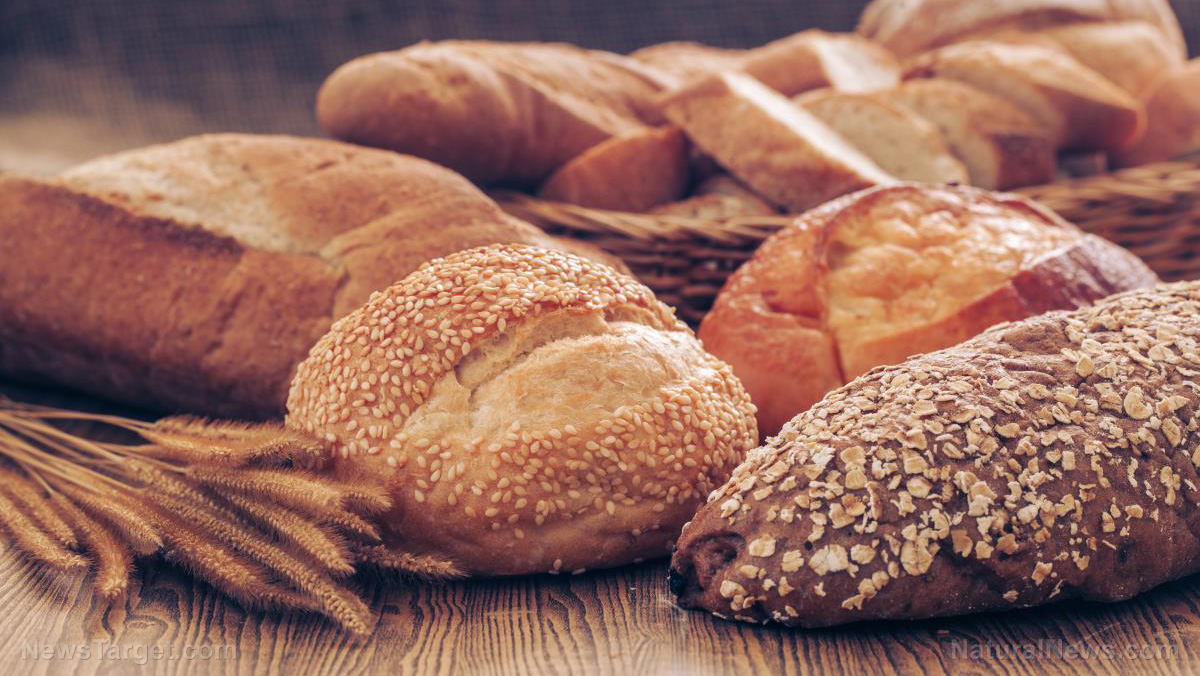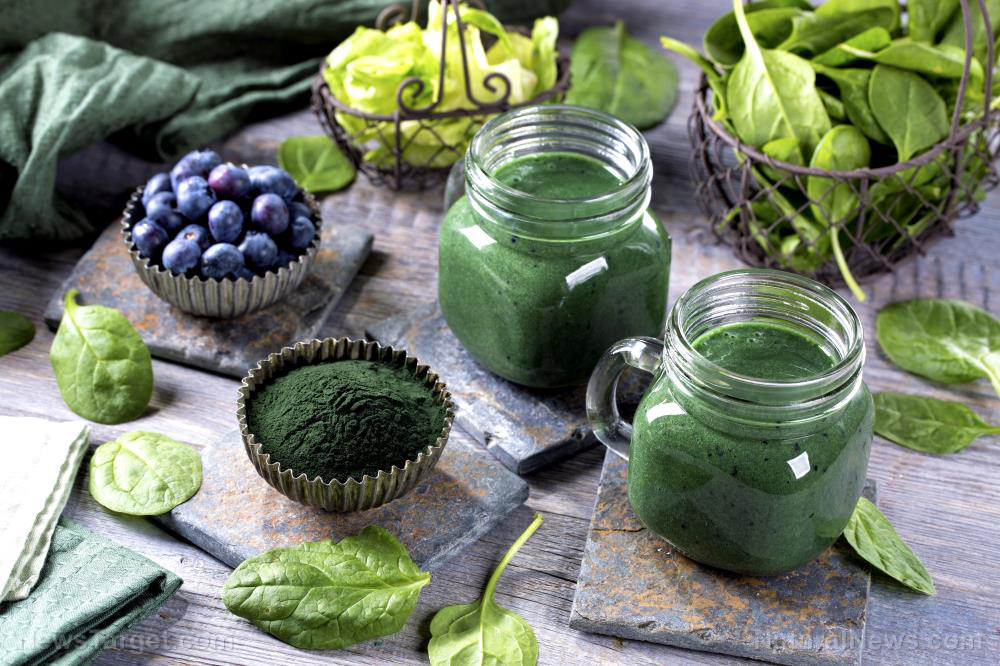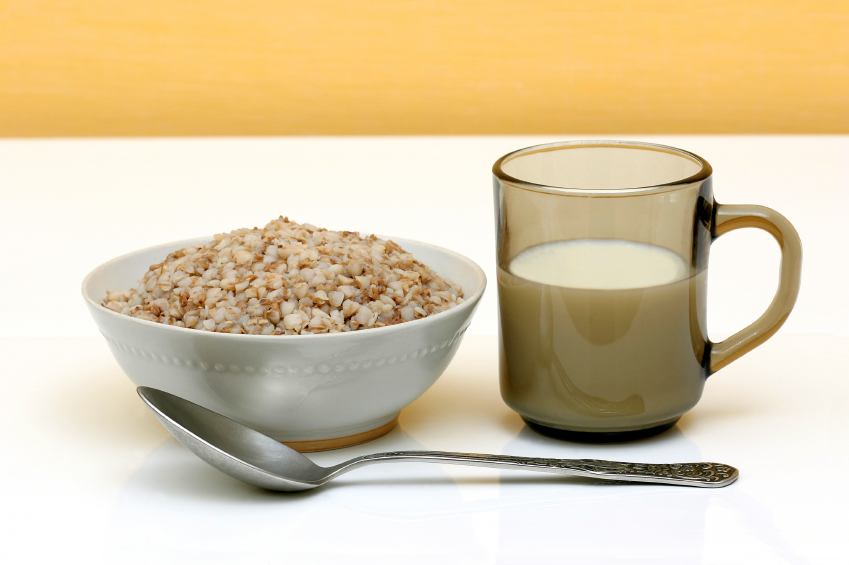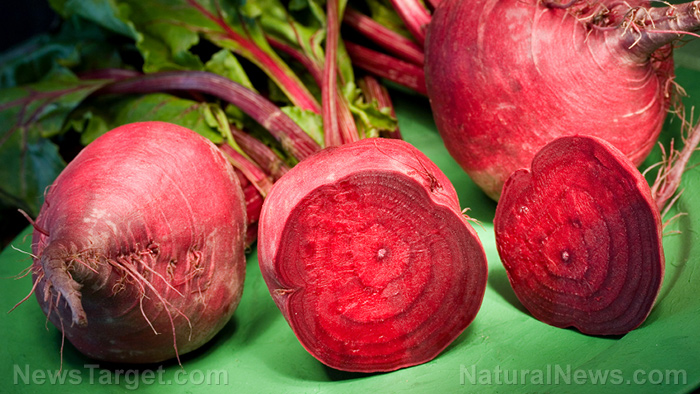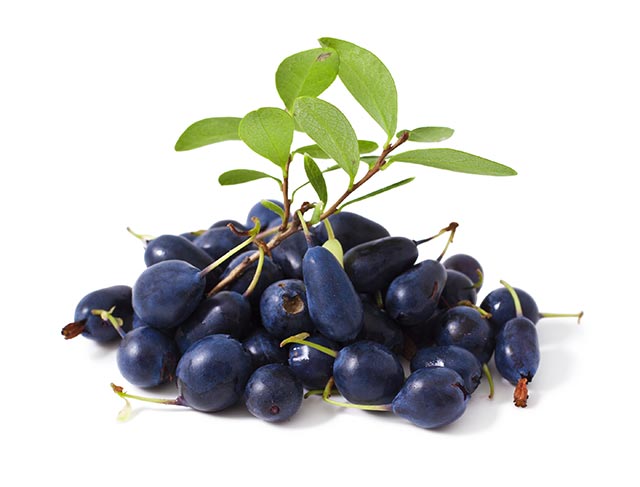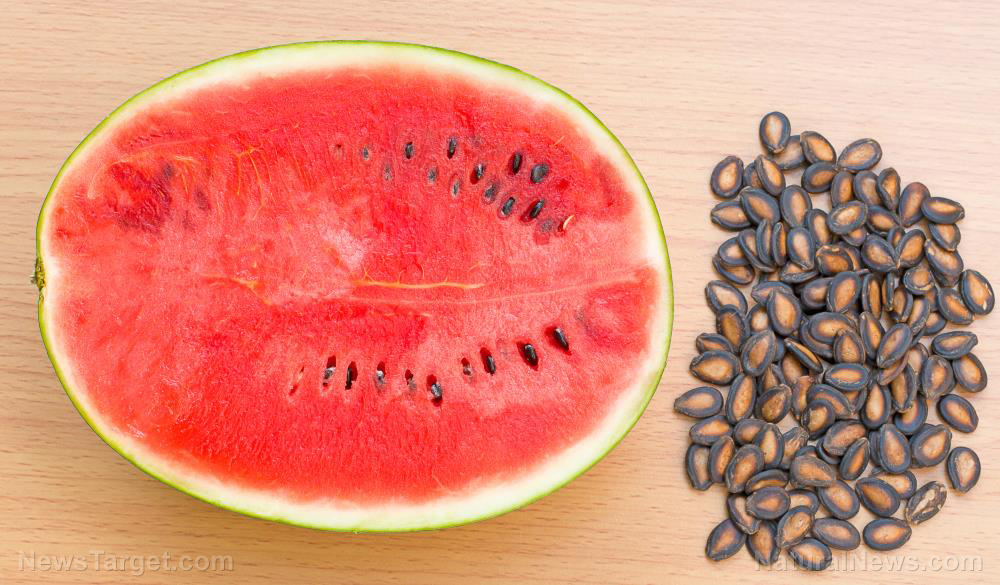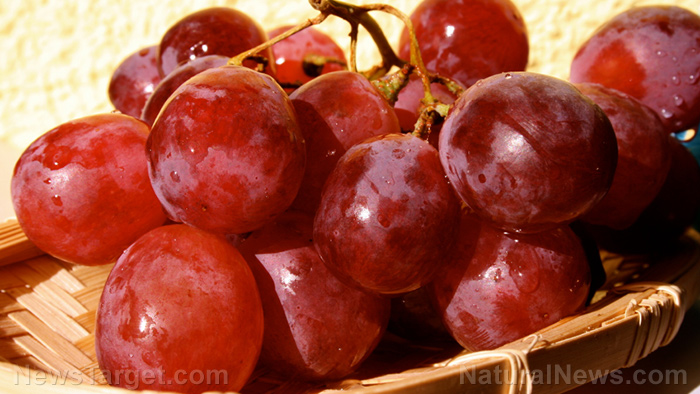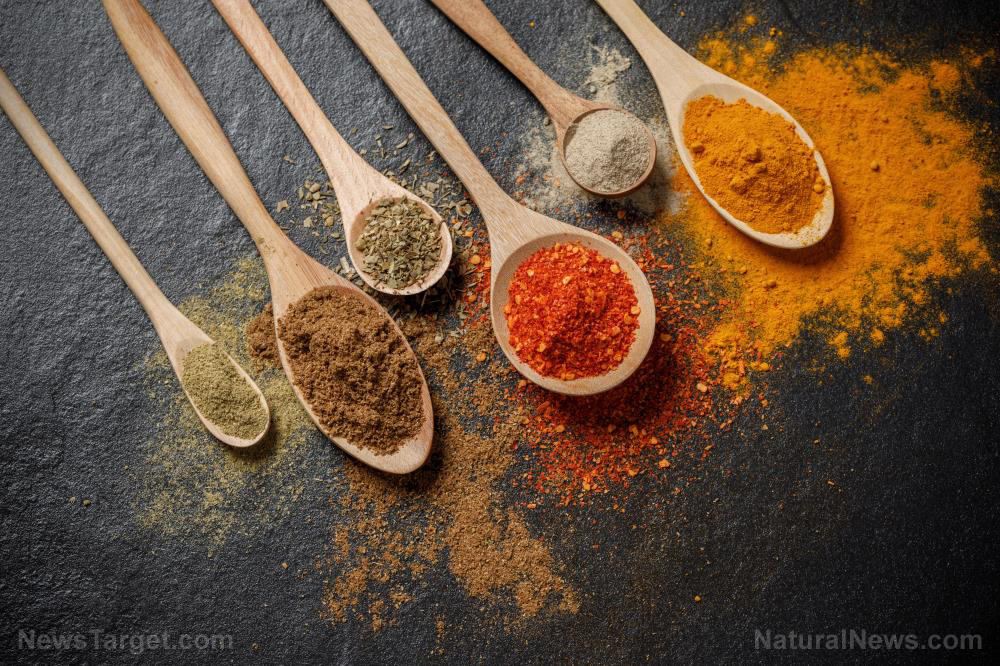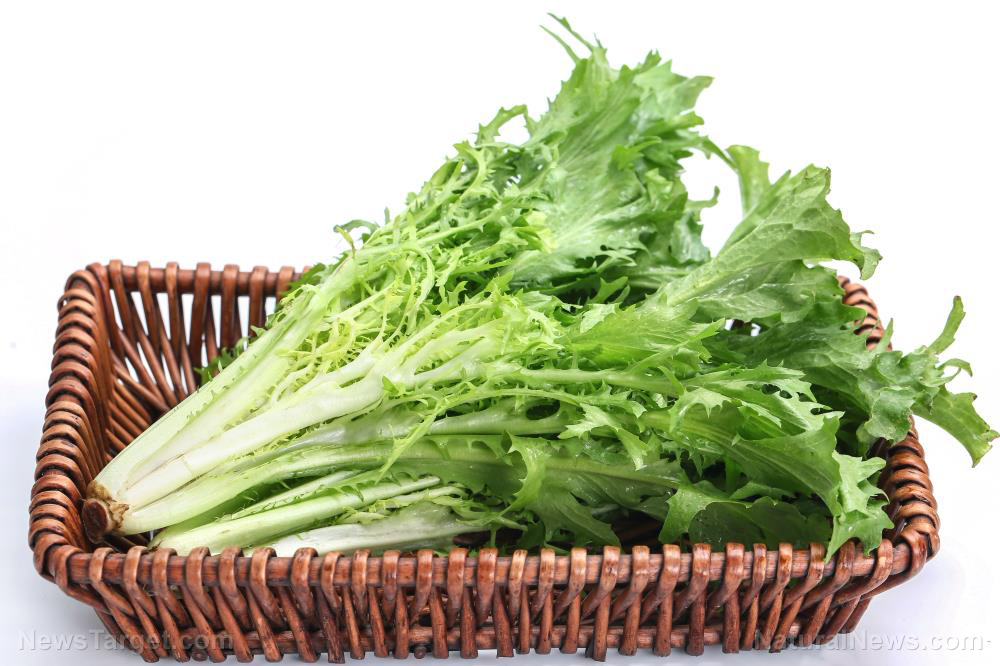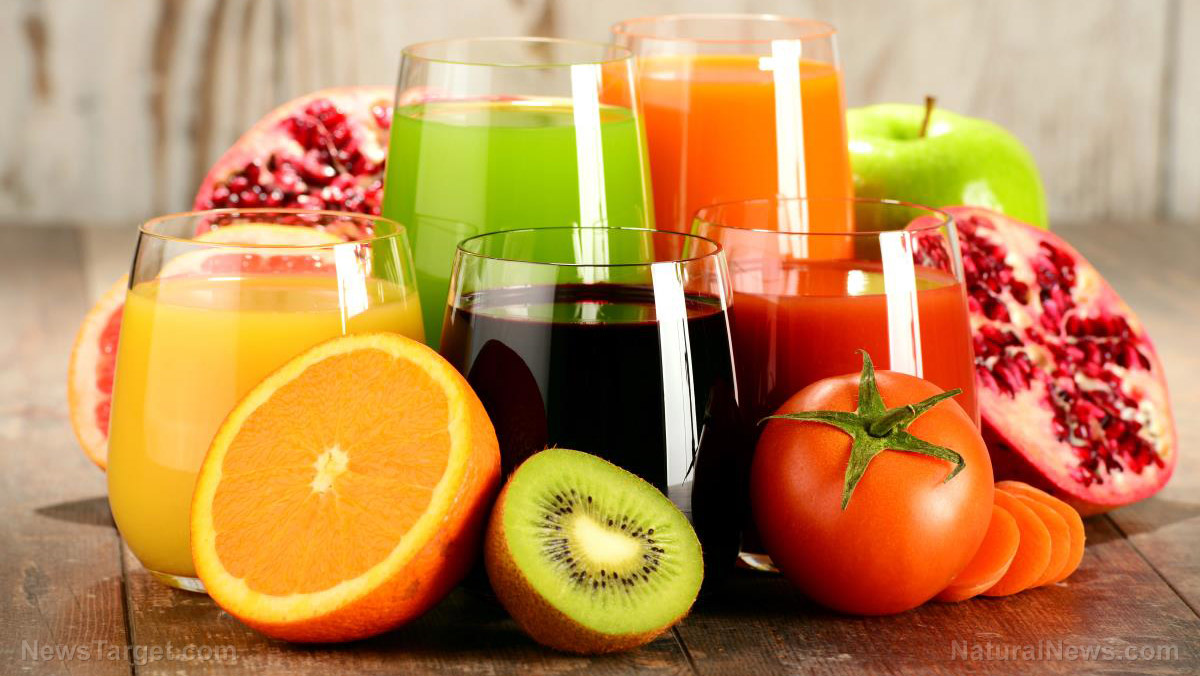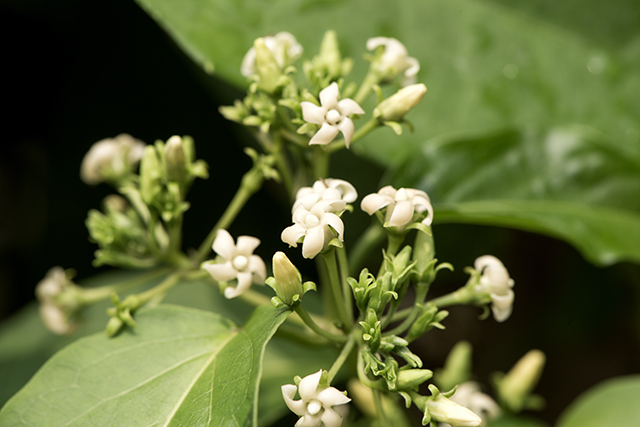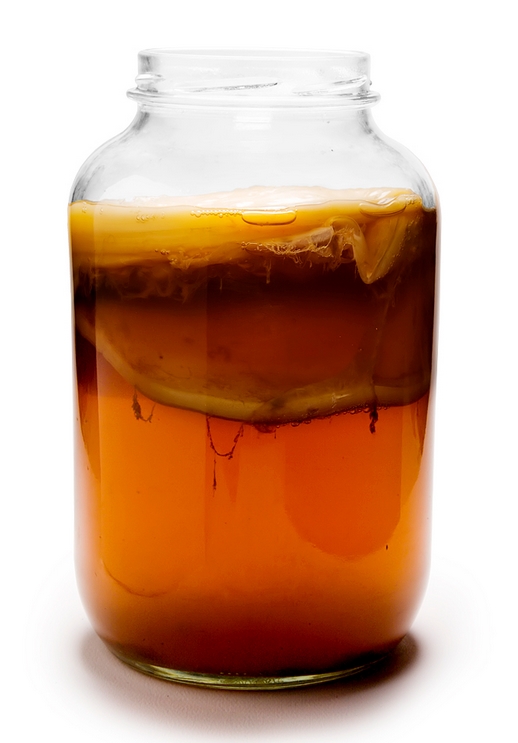Stressed-out cacao trees produce more nutritionally potent chocolate – new research
02/11/2018 / By Ralph Flores

A bite of your favorite chocolate bar can take off the stress for most people – studies have already looked into it – but research has shown that putting cocoa trees under stress can lead to better-tasting chocolate. In particular, drought and other weather conditions have more impact on cocoa production than how the tree themselves are grown. The report, published in the American Chemical Society’s Journal of Agricultural and Food Chemistry, detailed the impacts that different cultivation methods have in the chemical composition – as well as the flavor – of cocoa beans.
Chocolate is the most famous derivative of the Theobroma cacao L. tree, commonly referred to as either cocoa or cacao. Studies have revealed that regular consumption of cocoa protects against inflammation and oxidative stress. In the central nervous system, cacao was shown to improve blood flow to the brain, which can protect against neuronal injury. When used topically, it protects the skin from damage caused by ultraviolet (UV) light.
However, cocoa, when consumed in chocolate, can have adverse effects on a person – including weight gain and gastroesophageal reflux disease (GERD). Scientists have been quick to point that there is still benefit in consuming moderate amounts of cocoa or dark chocolate.
There are two different ways of growing cocoa. The first method, called agroforestry, involves raising cocoa trees in mixed groves. This allows the plants to receive cool air, as well as vital shade, allowing for a low-stress environment. The other method involves planting trees in singular, “monocultural,” groves, to produce more yield. This exposes trees to elevated levels of stress. To counter this effect, trees produce antioxidants to react against the stress and minimize the damage. However, the increased amount of antioxidants also affects the quality of the beans.
To understand the process behind it, researchers sampled beans from five different cocoa tree farms in Bolivia. The samples were collected from both monocultural groves and agroforest settings and were gathered at the beginning and the end of the dry season. Before its analysis, the beans were fermented and dried.
The researchers found only minor differences in the chemical composition between beans that were cultivated in an agroforest and a monocultural grove – with beans from the latter having more phenols and antioxidant compounds.
What they found to be significant, however, was the effect that weather has on the beans’ chemical composition. During the dry season, the rise in temperature causes soil moisture around the trees to drop. This lead to an increase in antioxidant levels in the beans, as well as reduction of its fat content.
The authors of the study said that these factors, which elevate the stress levels of the cocoa tree, can add to the variability of the flavors of cocoa beans.
The results of this study challenge assumptions made by climate change proponents about the possible extinction of cacao trees. According to them, the trees will die out as temperatures increase, causing warmer and drier conditions that will make cultivation of the trees impossible.
To counter the effects of these so-called “conditions,” the study has proposed using a new technology called CRISPR, which uses genetic modification to “develop cacao plants that don’t wilt or rot at their current elevations, doing away with the need to relocate farms or find another approach.”
This also puts the study at a slippery slope, as genetic modification – aside from being controversial – has some potential risks for both people and the environment. The dangers associated include the increased cases of autoimmune diseases, gastrointestinal problems, and chronic diseases, as well as its impact in the ecosystems where it is grown, with it being able to withstand increased amounts of pesticide than those growing around it. (Related: GMOs are dangerous to our health, according to latest independent research.)
Did you know that cocoa has the highest amount of phenolic antioxidants than almost any other type of food? Learn more facts about cocoa and how it benefits you by heading to Chocolate.news today.
Sources include:
Tagged Under: agriculture, agroforest, Cacao, Chocolate, cocoa, cocoa beans, cocoa production, food supply, harvest, monocultural grove, nutrients, nutrition, research, Theobroma cacao L.
RECENT NEWS & ARTICLES
COPYRIGHT © 2017 PHYTONUTRIENTS NEWS

